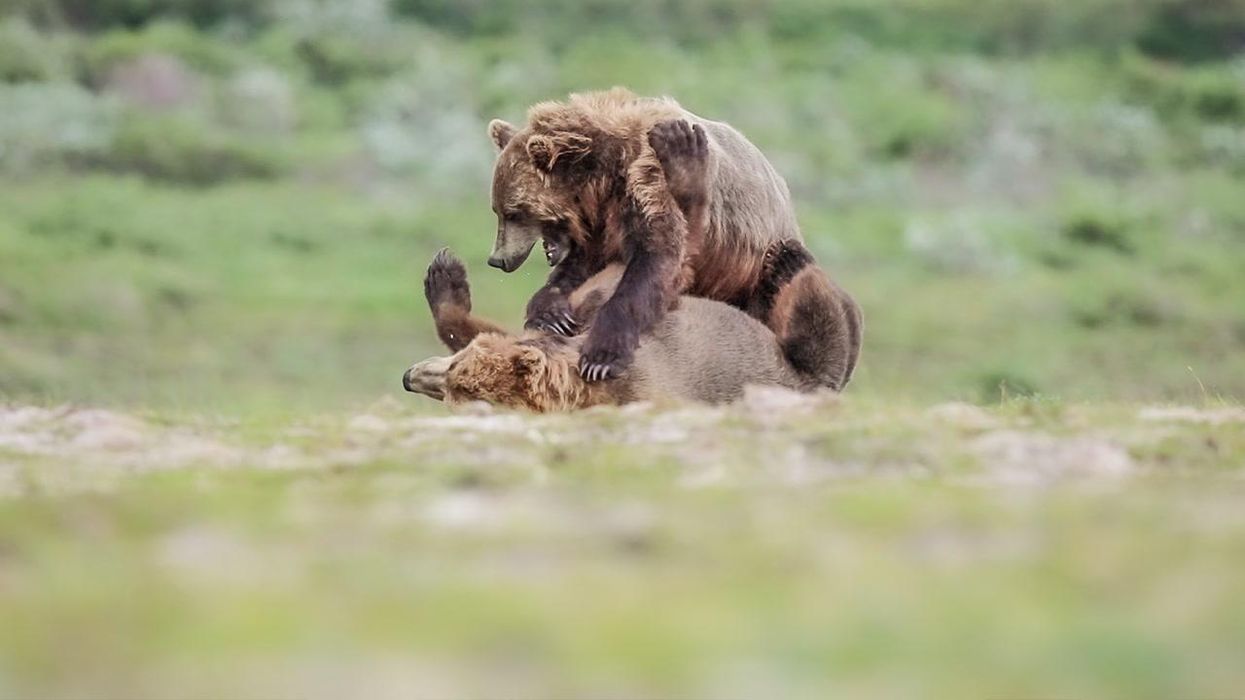Park rangers in Boulder, Colorado's Open Space and Mountain Parks (OSMP) placed numerous cameras across the 46,000-acre land system to capture animals in their natural habitat.
And one inquisitive and photogenic bear decided to get up close and centre as it was spotted in 400 of the 580 snaps.
The OSMP took to Twitter on Monday (23 January) to share the news, accompanied by the bear's selfies.
Sign upto our free Indy100 weekly newsletter
\u201cRecently, a bear discovered a wildlife camera that we use to monitor wildlife across #Boulder open space. Of the 580 photos captured, about 400 were bear selfies.\ud83e\udd23 Read more about we use wildlife cameras to observe sensitive wildlife habitats. https://t.co/1hmLB3MHlU\u201d— Boulder OSMP (@Boulder OSMP) 1674512133
People took to the post's comment section to note that the bear needed to be hired as a model.
One person wrote: "Wow, he's good! He could model professionally."
"He should have his own art exhibition!! I'd LOVE to see all 400!!!" another added, while a third wrote: "What can I say— homie knows his angles."
Check out other reactions below.
\u201c@boulderosmp new profile pic\u201d— Boulder OSMP (@Boulder OSMP) 1674512133
\u201c@boulderosmp There's some Blue Steel in the 3rd picture...hire that bear model!\u201d— Boulder OSMP (@Boulder OSMP) 1674512133
\u201cThey serving\u201d— Ash Parrish (@Ash Parrish) 1674780542
According to wildlife officials, the cameras help rangers minimise their time in sensitive areas trying to observe the local species.
"These cameras play an important role in helping OSMP staff identify important wildlife areas. The information we collect from them is used to recommend habitat-protective measures to help protect sensitive natural areas," said Will Keeley, OSMP's senior wildlife ecologist.
The cameras are also said to "come to life" when an animal gets in front of them, capturing a still image. The cameras can also film videos for 10 to 30 seconds.
In the nighttime, the cameras also use infrared light to take photos of nocturnal animals without disturbing them.
According to the OSMP's press release, they put cameras "in corridors where animals are likely to travel, such as road underpasses."
Bears aren't the only animals to be caught on the OSMP's cameras.
Motion-activated videos of other animals like bobcats, mountain lions, and foxes have been documented.
Have your say in our news democracy. Click the upvote icon at the top of the page to help raise this article through the indy100 rankings.














